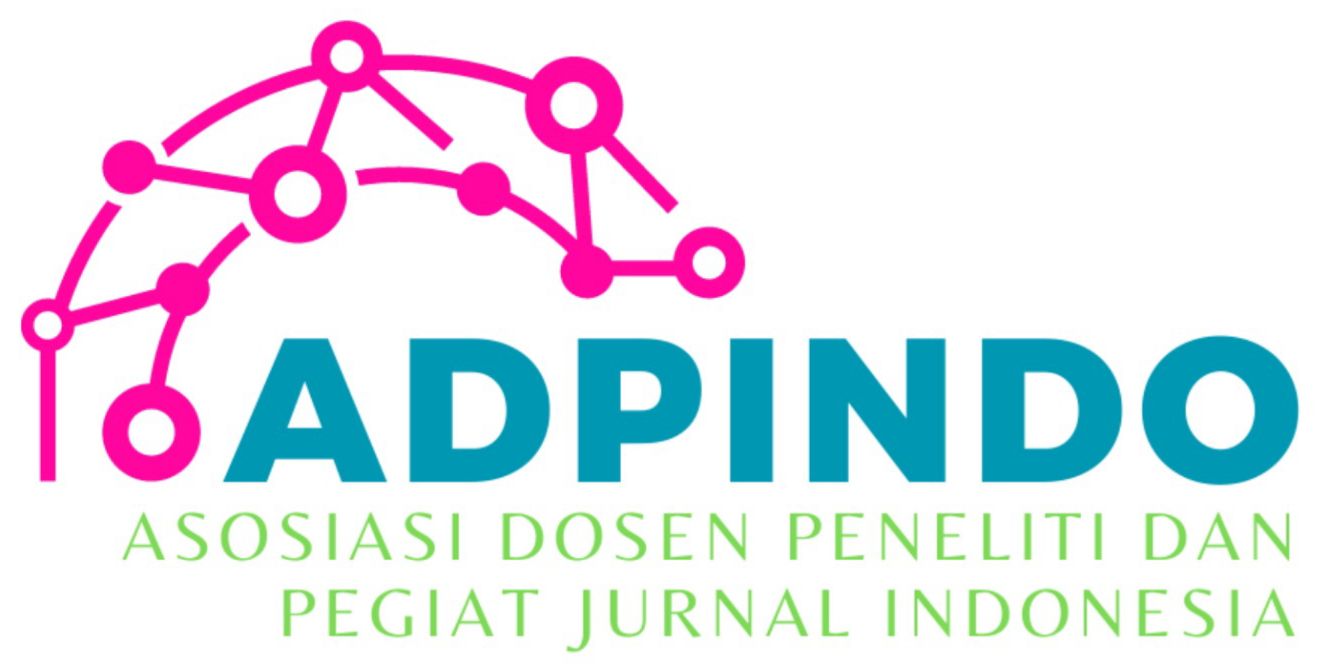THE RELATIONSHIP BETWEEN THE PHYSICAL CONDITION OF THE HOME ENVIRONMENT AND HISTORY OF DISEASE WITH THE INCIDENCE OF TUBERCULOSIS IN THE WORKING AREA OF THE RANGKASBITUNG HEALTH CENTER IN 2023
Main Article Content
Windarti
Ismarina
Marthia Ikhlasiah
This study aims to determine the relationship between the physical condition of the home environment and history of disease with the incidence of tuberculosis or pulmonary tuberculosis in the work area of the Rangkasbitung Health Center in 2023. This study is a descriptive correlation study with cross sectional design, which is research that explores the relationship between the physical condition of the house and the behavior of residents towards the incidence of tuberculosis. The type of data used is primary data, from the results of questionnaires and secondary data obtained from recording and reporting TB patient visit data at the Rangkasbitung Health Center. Data analysis in the study, using univariate analysis with positive TB incidence results (69.2%); Bivariate analysis showed a relationship between home air circulation and the incidence of tuberculosis (P<0.028), occupancy density (P<0.011), lighting (P<0.015), humidity (P<0.020), education (P<0.002), employment (P<0.006), and smoking (P<0.009); and humidity factor being the dominant factor with the largest OR (OR=28.579). The results of the cross-sectional test in the study, showed a significant relationship between the physical condition of the home environment and the history of disease with the incidence of tuberculosis in the work area of the Rangkasbitung Health Center. Suggestions in this study are the need for education related to environmental factors and behaviors that cause tuberculosis, such as counseling about healthy homes with qualified ventilation, good lighting, good humidity, occupancy in an adequate place, and reducing cigarette use habits. Other factors that need to be improved, in order to support the reduction in TB prevalence rates, namely education and employment factors. Patients with pulmonary tuberculosis must also be given understanding, related must always be tried to be in a place that has adequate air ventilation and good humidity, in order to reduce the risk of the severity of TB disease which can lead to death or the duration of the treatment process.
Abriansyah, O., &; Kardewi (2022). Risk Factor Analysis of Pulmonary Tb Incidence in the Working Area of Bungamas Health Center, East Kikim District, Lahat Regency. Bina Husada Health Journal, 14 (2), 56-61
Ariani, F., Lapau, B., Zaman, K., Mitra, M., &; Rustam, M. (2022). Factors associated with the incidence of pulmonary tuberculosis. Bahana Journal of Public Health, 6(1), 33–38. https://doi.org/10.35910/jbkm.v6i1.560
Christian, M., Irwansyah, B., &; Rahayu, S.T. (2019). Risk Factors for the Incidence of Pulmonary Tuberculosis in the Working Area of the Malinau Health Center, Malinau District, Malinau City, Malinau Regency in 2019. Journal of Public Health, 5(2), 62- 71
Diriba, K., &; Awulachew, E. (2022). Associated Risk Factor of Tuberculosis Infection Among Adult Patients In Gedeo Zone, Southern Ethiopia. Epidemiology of infectious diseases, 10, 1-10
FAJRIANSYAH, M. (2021). The relationship between the physical condition of the house to the incidence of pulmonary tuberculosis in the working area of the Puskesmas Pembina Jakabaring District, Palembang City in 2020.
Findi, M, L. (2023). Healthy Environment Prevent Transmission of Tuberculosis. Kncv New Zealand. Hidayatullah, A., Navianti, D., &; Damanik, H. D. L. (2021). Lungs in the Working Area
Puskesmas Kota Palembang The Physical Condition Of The House To The Event Of Pulmonary Tuberculosis In The Work Area Of Palembang City Health Center, Department Of Environmental Health Poltekkes Kemenkes Palembang. Journal of Environmental Sanitation, 1(2).
Imaduddin, D., &; Setiani, O. (2019). The Relationship between Home Physical Condition and Behavior with the Incidence of Pulmonary TB in the Working Area of Batu 10 Health Center Tanjungpinang City. Health Journal Community, 7(3), 8–14. Retrieved from https://ejournal3.undip.ac.id/index.php/jkm/article/download/25599/22767
Jayani, D.H. (2021). Average Expenditure by Commodity Group (March 2021). https://databoks.katadata.co.id/datapublish/2021/11/04/setelahmakanan-pengeluaran- Indonesian-people-many-for-buying-cigarettes-2021
Government department Health RI. (2022). No Title. Retrieved from http://p2p.kemkes.go.id/melalui-ina-time-2022-ke-4-menkes-budi-minta-90-
Sufferers-of tuberculosis-can-be detected-in-year-2024/
Mardianti, R., Muslim, C., &; Setyowati, N. (2020). The Relationship of Home Environmental Health Factors to the Incidence of Pulmonary Tuberculosis (Case Study in Sukaharja District County During). NATURALIS (Journal of Natural Resources and Environmental Management Research), 9(2), 23-31
Mathofani, Puji E., &; Febriyanti, R. (2020). Factors Associated with the Incidence of Pulmonary Tuberculosis (TB) in the Working Area of the Serang City Health Center in 2019. Scientific Journal of Public Health, 12 (1), 1-10
Tone Nailufar, N. (2020, April 27). Understanding Density Inhabitant and Faktornya.Kompas.com.https://www.kompas.com/skola/read/2020/04/27/1 00000169/definitions-density-population-and-factors
Oktafiyana, F., Nurhayati, &; Murhan, A. (2016). The Relationship of the Work Environment of Patients with Pulmonary TB to the Incidence of Pulmonary TB Disease. Journal of Nursing, 12(1), 52-57
Tatangindatu, M. A., &; Umboh, M. J. (2021). Factors of the physical environment of the house and the incidence of pulmonary tuberculosis in coastal areas. Sesebanua Scientific Journal, 5(1), 31–35. https://doi.org/10.54484/jis.v5i1.381
WHO. (2021). Global tuberculosis report, 2020. Geneva, Switzerland: WHO, 2020. In
I9789240037021. [Google Scholar].
Yuniar, I., Sarwono, &; Lestari, Susi D. (2018). Relationship of Nutritional Status and Income to the Incidence of Pulmonary Tuberculosis. Indonesian Journal of Nurses, 1(1), 18-25
Yushananta, P. (2021). Dengue Hemorrhagic Fever and Its Correlation with The Weather Factor In Bandar Lampung City: Study From 2009-2018. Aisyah Journal: Journal of Health Sciences, 6(1), 117–126. https://doi.org/10.30604/jika.v6i1.452.






































